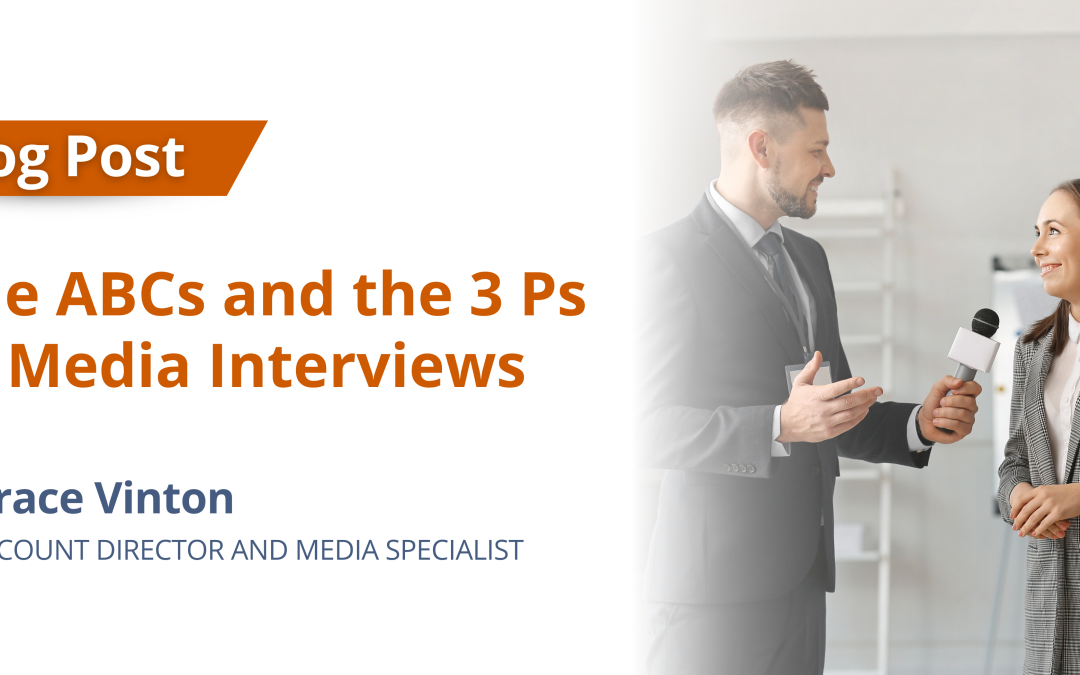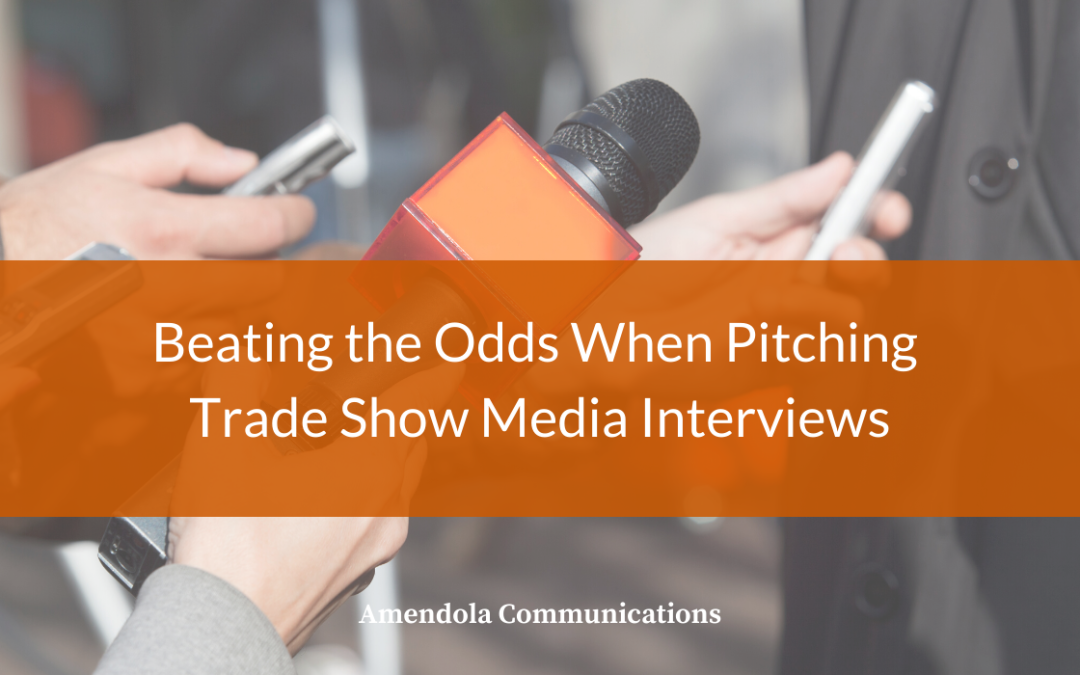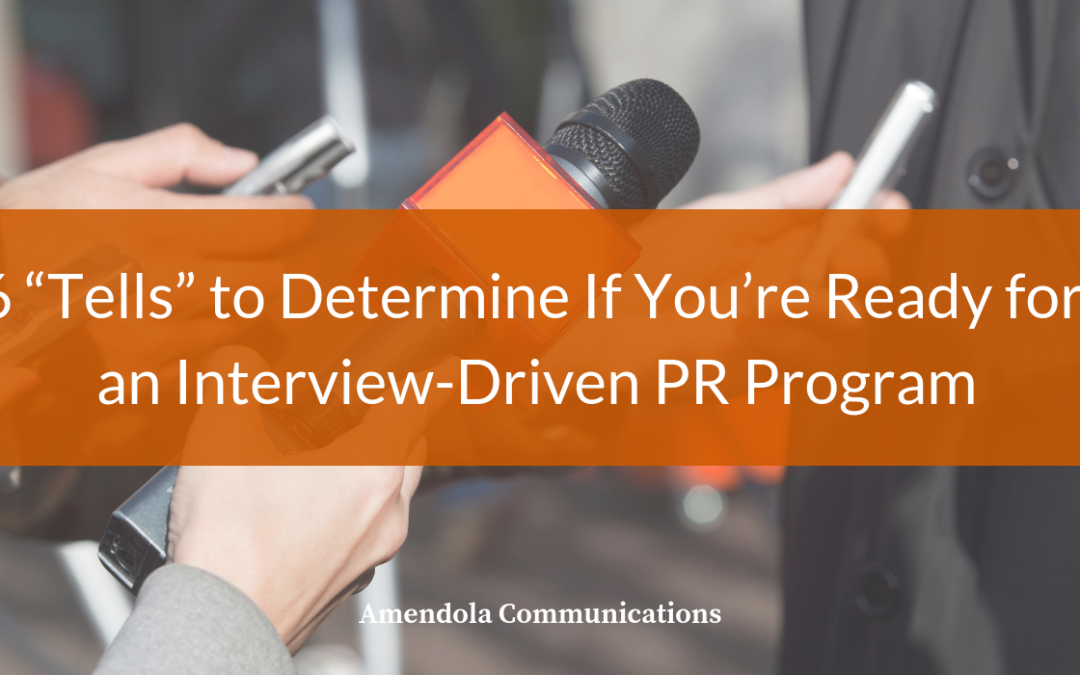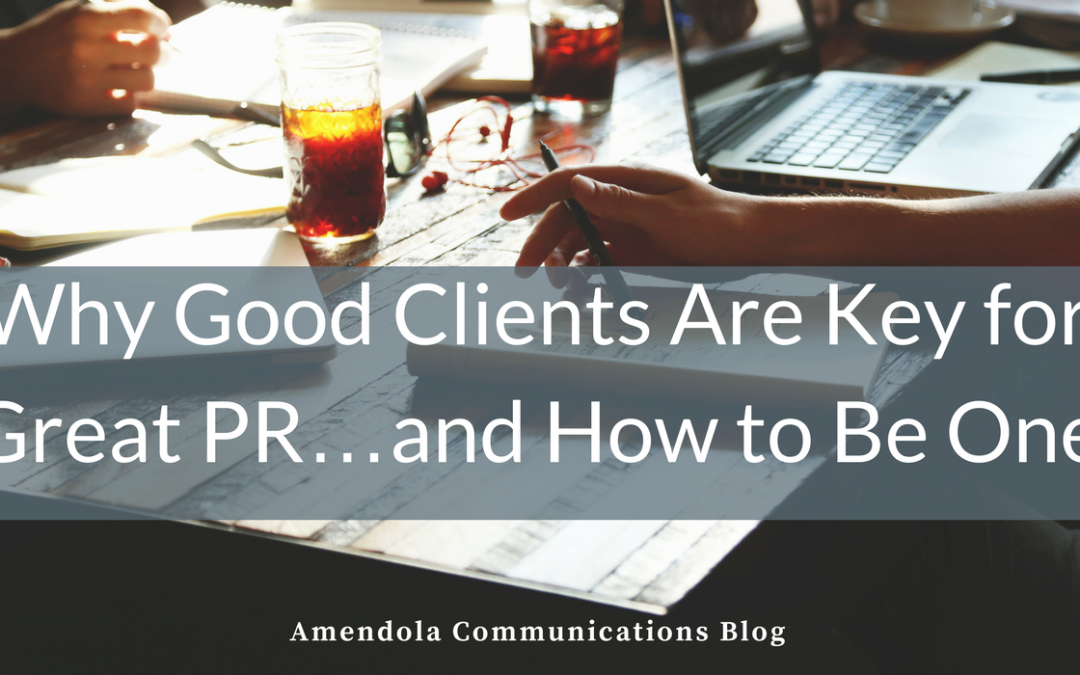
by Morgan Lewis | Mar 5, 2025 | Blog
Now that we’re well into 2025, I thought it would be interesting to look back at the most-read blog posts of 2024. My theory about these popular posts is that they reflect the concerns, curiosities and goals of the larger population of that time … or it could just be our team’s savvy SEO strategies and engaging writing skills that kept readers reading.
Regardless, last year’s most-read posts indicate that visitors were looking for levity, given the many popular articles’ lighthearted nature. This is also understandable, considering that many of us were looking for some relief in 2024 from the nonstop barrage of news about the U.S. Presidential campaign.
Another theme that emerged is that several of you – despite the growth of ChatGPT and other generative AI writing tools – seemed to be looking for writing tips and commentary to improve your content. Hooray for real-life human writers!
Without further ado, the following are the top 5 most-read Amendola blog posts from 2024 (in chronological order).
Top 5 Most-Read Blogs of 2024
- “The Taco Bell Times And The Depends Undergarments Press: Is This The Future Of Local News?” by Brandon Glenn.
This amusing post kicked off the year by first discussing an unfunny trend: the widespread closures of daily newspapers and layoffs of journalists. This topic is close to our hearts at Amendola, given that many of us came from consumer and business journalism before jumping to PR. The post, however, does steer toward levity as Brandon explores what could happen if mega-corporations step in to “save” local newspapers by purchasing naming rights or other such business ventures (which occurred at his hometown’s newspaper). What could go wrong?
- “The Best Rule in AP Style is About Animals with Names” by Brandon Glenn.
Brandon returns to the most-read blogs list with his hilarious take on an obscure Associated Press-style rule about pronouns for animals with and without given names. As a follower of AP style (the most common writing manual in consumer and business journalism) for over 25 years, I cannot remember ever looking up if I should refer to a dog named Rex as “who” or “that” in a sentence. Thankfully, the style guide editors resolved this dilemma, which Brandon whimsically explains. So, which is it? You’ll have to read the post to find out.
- “Reflecting Back, Looking Forward: Amendola Marks 20th Anniversary,” by Jodi Amendola.
Our founder and CEO, Jodi Amendola, has seen it all in health tech: digital transformation, the rise of virtual care, COVID-19, and now, generative AI. Jodi’s vast experience and success are likely why so many blog visitors read her post on the 20th anniversary of the agency she launched out of her parents’ condo in Scottsdale, Arizona. Her secret? Jodi humbly admits that she doesn’t have a crystal ball to foretell the industry’s tumultuous changes. Instead, preparing for the unexpected, staying nimble and building the right team have made all the difference over the last two decades.
- “When Slow is the Way To Go in PR and Marketing,” by Chris Nerney.
Post-author and Senior Content Director Chris has decades of experience in journalism, PR, and marketing content, as well as five years as a standup comic in Boston. His wit shows through in this post about the occasions where speed is more of a risk than a benefit. Although filled with valuable and actionable information, Chris injects plenty of humor in describing situations professionals in our industry will recognize. For example: “…you may be writing about concepts that may be ever-so-slightly outside your wheelhouse. That’s OK – you probably didn’t go to medical school, and your yearslong devotion to Grey’s Anatomy will only get you so far.”
- “The ABCs and the 3 Ps of Media Interviews,” by Grace Vinton.
Our media relations dynamo and health-tech celebrity, Grace Vinton, offers advice on a perennial challenge facing health-tech PR and marketing professionals: media interviews. Grace, who has a hugely popular podcast of her own, presents helpful mnemonic devices in the post for health tech executives to prepare for interviews and tips for crafting memorable and easy-to-understand messages. Her guidance is also relevant for any chat with a potential customer, investor or partner where you may not have the time for a detailed discussion about your company and solutions.
New Year, Fresh Insight
Whether it’s writing tips, messaging advice, or insight into the health tech PR and marketing strategies, you can continue to rely on this blog in 2025 to supply you with relevant guidance. I can’t promise that all the posts will be humorous, but they will surely be engaging and informative. Thanks for reading!

by Grace Vinton | Dec 11, 2024 | Blog
Anyone who has spent any time in healthcare can tell you that there is never any shortage of companies touting how their products are, “revolutionary” or “next gen.” We’ve all heard it: “This solution will transform healthcare into a Garden of Eden! Lower costs! Happier patients! Over-the-moon clinicians!”
Standing out in a crowded marketplace is always difficult, especially when you’re the one singing your own praises. That’s where strategic and thoughtful media interviews enter the picture.
Media interviews offer the opportunity to build credibility by leveraging a third-party’s brand, generate leads for sales teams, and deliver a story that resonates with target audiences.
However, industry thought leaders (yes, you!) most often approach media interviews as if they are merely question-and-answer exercises. Great media interviews are much more than that. They are relationship-building opportunities that enable executives to truly build relationships with journalists while educating the industry.
The most appealing stories in healthcare involve a mix of data and human impact. The detail and specificity required to tell these stories to reporters are unlikely to simply pop into executives’ minds on the fly. That’s why media interview preparation is essential.
The ABCs and the 3 Ps
While there are many subtleties and nuances involved in preparing for interviews, a good place to begin is what I call the ABCs and the 3 Ps. These are handy mnemonic devices to help executives get in the right mindset for interviews.
- Be Audible and always acknowledge the question
- Be Brief and bridge to your best arguments or proof-points
- Be Confident and clearly communicate your company’s key messages
To craft those key messages, begin by thinking about how to incorporate the 3 Ps:
- Proof points to help readers or listeners understand that the problem your company solves is actually a pressing problem for the industry, and data-driven examples of the effect your solution has in alleviating the problem(s)
- Stories about people and patients that illustrate the difference that your company’s products make in quality-of-life
- The deeper purpose that describes the “why?” of your company’s existence
While it’s wonderful to share inspiring and touching stories of how your product or technology led to “patients whose lives were transformed” or “doctors who overcame burnout to rediscover their love of practicing medicine,” it’s important to understand that, in reality, those stories aren’t always readily available, and massive change or sensationalism doesn’t always lead to the type of incremental progress required in the world of healthcare.
The most impactful stories can be how a new solution saves a few clicks in electronic health records or how it helps clinicians save time at the bedside. Those are still interesting stories that are worth telling; they just require a little strategic thought and planning to make them more accessible to reporters and understandable to the public.
To begin crafting a compelling story to share during media interviews, start with the ABCs and the 3 Ps – but above all, be generous with the wisdom you share. The industry will be better for it!

by Ken Krause | Jun 24, 2020 | Blog
It sounds like a simple request: we’re going to be at such-and-such conference or event and we want to secure some media interviews while we’re there. It makes sense, since trade show media interviews have been a staple of public relations pretty much since Glogg launched the wheel at the first Prehistoric Transportation Expo.
The problem is the business and media worlds have changed quite a bit in the last 10 years, particularly in healthcare. Major trade shows such the HIMSS Global Health Conference and Exhibition have grown tremendously. In fact, before it was cancelled due to COVID-19 concerns, HIMSS20 was touting that it would have more than 1,300 exhibitors covering 1.2 million square feet of floor space. And they are not the only ones to experience this proportional growth.
In the meantime, the media world has been shrinking. Overall there are fewer reporters and fewer publications. Budget considerations mean that the remaining publications will be sending fewer reporters to cover conferences, and some may not send any at all – even for large conferences such as HIMSS.
You can probably see where I’m headed. With so much competition for so few “prizes” the odds are really stacked against you. That’s why it’s important to be on top of your pitching game.
Here are a few suggestions to help you rise to the top of reporters’ must-see lists and secure more trade show media interviews once in-person conferences are a thing again.
First, be realistic
Back when I started at Amendola Communications, it was not unusual for us to target 7-9 media and analyst appointments for our clients at a major trade show such as HIMSS. That is no longer feasible.
The entire media list at a conference that size may have between 100 and 200 names on it. Of those, only a small percentage are likely to cover your company’s segment, and some of the people within that subset will be publishers who aren’t interested in what you’re selling but instead want to sell you on advertising or marketing with their publications.
If you’re lucky, maybe there are 10 names on that list that are appropriate and valuable for media interviews. It’s unlikely those 10 people only cover your niche, however, so there could be dozens of companies competing for their time.
They are also going to want to attend some of the educational sessions, or take part in other activities, so the time they have to devote to booth or media room interviews is actually fairly limited.
You are unlikely to capture the attention of all 10, so expecting a number even close to that range is simply unrealistic. A more practical number is 2-3. If you secure that many interviews with the right people these days you’re doing well.
At a smaller conference, there may only be 10 reporters (or fewer) attending, no matter what the advance media list says. If you can get even one of those 10 to interview your subject matter experts you’re doing well. That’s just the realities and economics of the media world today.
Building the pitch
Now that you know what you’re up against, and how competitive it really is, it’s time to start building the pitch.
If you’re going to be successful in rising to the top of the must-see list, you need to capture reporters attention. The easiest way NOT to do that is to talk about yourself.
If your pitch starts out “(OUR AWESOME COMPANY) has been in healthcare for 20 years. In that time we have helped dozens of hospitals and health systems (DO SOMETHING GENERIC, LIKE IMPROVE OUTCOMES AND LOWER COSTS) you’re going to wind up with a hard pass. No matter how many follow-up calls you make or how much you beat up your agency to get appointments.
There is nothing in that generic pitch that is interesting or urgent to the reporter. Remember that the first three letters in “news” are “new.”
To secure those trade show media interviews you have to present something rare and valuable, right up-front.
Offer a customer
The absolute gold is customer stories. Reporters always, always, always want to talk to customers. Did I say they ALWAYS want to do that?
If you have a customer to speak with, lead with that. Make it the major part of your pitch. You can also offer to hook them up with your SME while they’re there, but telling them they can speak to a customer who has used your product and produced quantifiable results with it moves you to the head of the class.
Talk about a new product or service
If you don’t have a customer to offer, second in line is the introduction of a new product or service. Not just an upgrade of your existing offering but a true innovation. If you can talk about an industry issue and explain how your solution addresses it in a way that has never been done before, you’re bound to capture some interest.
Lead with industry issues
What if you’re just going to be there with no customers and nothing new? Honestly, it’s going to be tough to secure any trade show media interviews. But you never know a reporter might have a hole or two to fill, or may already be a fan of your organization.
In that case, the best you can do is again start with an industry issue and then go into how you solve it versus starting with your company’s boilerplate or “About Us” from the website and then getting around to the problem you solve.
One other thing to keep in mind: although you may love and admire your CEO, unless he/she has an Elon Musk or Bill Gates level of celebrity is probably not that interesting to a reporter. Talk about an issue, then offer up the CEO as someone who can address the solution.
Try working relationships
One other thing you can try is working good, existing relationships with reporters. If you’ve worked with someone a few times in the past that person may be willing to at least do a “drive-by” an unscheduled stop when he/she has a few free moments.
While not as reliable as confirmed trade show media interviews you never know. The reporter may stumble across something interesting and spend some time checking it out.
Of course, if you don’t have any relationships already it might be a good time to speak with a PR agency that does. I can think of one in particular that has an outstanding reputation with reporters and editors in healthcare and health IT.
An agency with a large client roster will sometimes get opportunities not available to the general public, such as a reporter asking for a list of clients attending the conference so he/she can pick and choose the ones he/she wants to visit. That’s the fast track to a trade show media interviews because the reporter is depending on his/her relationship with the agency to lead him/her to the right clients.
No guarantees
Even with all of those tips there is still no guarantee you’ll get the trade show media interviews you desire. There’s a lot of hard work, and not a small amount of luck, that goes into it.
Still, these tips can help you increase your odds and make your own luck. And if you’d like that agency help, give us a call.

by Ken Krause | Jul 10, 2019 | Blog
It all sounds good in theory. The CEO, VP of sales, chief marketing officer, or some other higher-up decides that the key to boosting sales, raising funding, or driving some other positive business event is to launch an interview-driven PR program.
“We need our executives to be viewed as experts by our target audience,” they declare. “Having them interviewed by trade publications, or even the national media, will help us build visibility and credibility, which will bring prospects flocking to our website.”
There is definitely some truth in that. Having your executives regularly commenting on industry news and trends, especially in the trade media, can have quite the halo effect on the company as a whole.
Here’s the thing, though. There’s more to it than hiring a PR agency and expecting them to set up interviews. Even the best PR agency in the world (notice where that description links to) can’t do it by themselves no matter how much you pay them.
Creating a successful interview-driven PR program requires a lot of coordination and collaboration between the client (your company) and the agency. It also requires a few elements that your company is solely responsible for.
If you can’t deliver on them, the interview-driven PR program is destined to fail.
So how do you know whether you’re prepared to embark on that particular journey? Just like in playing poker, there are a few “tells” involuntary actions or gestures that indicate how strong your hand is. Here’s a look at a few of them.
Your executives like doing media interviews
It seems rather obvious, but it actually isn’t. Some people don’t really like being interviewed, or talking about themselves. This is often true of technology experts who launch companies, or clinicians in healthcare and health IT.
Ideally the person selected to do media interviews enjoys the process to some extent. His/her enthusiasm for the company and the topic will be contagious, leading to great coverage.
If you don’t have such a spokesperson, and can’t hire one in, the other solution is to media train the executives you do have. Often the lack of comfort comes from being unfamiliar with or unaccustomed to speaking with strangers in that type of setting. Media training can help alleviate those concerns and turn a wallflower into a media star. Or at least a likable, credible spokesperson.
Your executives will make time for media interviews
This is often a tougher attribute to find, especially in a smaller organization where C-suite execs are not just running the business but meeting with customers, talking to investors, rallying the troops and perhaps even getting involved with product design and execution.
Yet it’s essential. Most reporters (and editors) operate on tight deadlines, and have multiple stories brewing at once. If your executive can make him/herself available when the reporter has time to talk, the reporter will likely move on to someone who can.
Most of the time the window will be a day or two. Sometimes, however, the window will be within an hour or two. And the larger and more desirable the media outlet, the more likely it will be the latter.
If your executives want a week’s notice (or more) to schedule an interview, you’re probably not going to get much coverage. Unless the executive is already incredibly rich and famous, it’s important to understand that securing the interview means being ready to speak whenever the reporter is ready. Of course, if the executive is already rich and famous, he or she can usually dictate the terms of the interview. For everyone else, it’s ask and react.
Your executives have interesting, non-self-promotional stories to tell
Unless the media outlet wants to do a profile of one of your executives or the company, most interviews are not going to be inwardly focused. Instead, the executives will most likely be asked to comment about the news of the day or longer-term industry trends.
For example, in healthcare if an executive is asked to comment about interoperability, the reporter isn’t especially interested in hearing about how interoperable the company’s product is. At least not at first.
Instead, the reporter is looking for insights about interoperability in general that readers or viewers can’t read or see anywhere else. It doesn’t have to all be original; it could be taking two disparate factors and showing a previously hidden relationship between them.
Whatever is said, though, it has to offer evidence of more universal, big-picture thinking that helps the reporter move the story forward. Even better if the reporter says, “I never realized that.”
This, incidentally, is why reporters are often reluctant to interview the VP of sales. They’re afraid they’re going to have a 30-minute conversation about the features of the company’s products.
Offer up great information and insights, however, and the executive won’t just get quoted. He or she will become a go-to resource for that reporter.
Your executives can customize the story to the audience
Most high-ticket products and services require several levels of approval before they can be purchased. There are also usually certain job titles that, while they can’t say yes, can definitely say no.
The executive being interviewed must be able to speak to each of them regarding things they care about in terms they can understand. A CIO at a hospital will likely have different concerns about an issue than the chief medical officer, or the chief nursing officer, or an emergency department physician, or someone in the business office.
In an interview the company executive must not only understand who the media outlet’s audience is but how to frame the discussion in terms they care about. The same generic talking points won’t work for all.
This is a skill all unto itself. It can be learned, but it most definitely must be practiced. The more the executive can customize the story, the better chance it has of finding its mark.
Your executives know they may not make the cut
Even if your executives do a great job in their interviews, there may be times they don’t appear in the story anyway. The focus of the story may have changed, or the editor didn’t like something about what was said, or the story may have been running too long, or a dozen other things may have happened.
They need to understand it happens from time to time and just move on to the next interview. Now, if it happens several times in a row it may be time to review the message and how it’s being delivered.
Most of the time, however, it’s just a glitch or an unfortunate circumstance. Even great poker players get hands they can’t bluff their way out of. Simply fold that hand and focus on the next one.
Your executives understand they can’t control the final output
At the end of an interview, company executives will often ask if they will be able to review a story before it comes out. With rare exceptions, the answer is no.
It’s nothing personal, it’s just not done. Which means the executives, and the organization as a whole, will have to understand there is some risk that the reporter will get something wrong, or write something they don’t like.
That said, most reporters, especially those in trade publications, are not looking to do a hatchet job on the executive or the company. But they’re not there to be cheerleaders either.
They want to present a fair and balanced story that conveys verifiable information to their audience.
If they get a fact wrong, spell the company’s or executive’s name wrong, or make some other object error most reporters (or their editors) will correct it. But if the company’s corporate messaging says X and the article doesn’t read that way, it’s likely to stay that way.
Knowing that, and being able to live with it, will drive a lot more interview coverage than insisting on controlling every aspect of the final piece.
Going all-in
Clearly, focusing on an interview-driven PR program isn’t for everyone. In some cases, a content-driven program might be a better approach.
But if you have one or more executives who are knowledgeable about the industry, love to talk about it (even on short notice) and understand there may be an occasional miss among the many hits, it’s time to start interviewing PR agencies so your media star can be born.

by Erik Yorke | Nov 14, 2018 | Blog
Many young organizations seeking to amplify their marketing and communications initiatives look to a public relations agency to help augment existing sales and marketing initiatives. But PR is not a one-size-fits-all discipline and it isn’t limited to media relations, as some still believe. Which means there are all types of ways to become a PR client.
Certainly, media coverage can be powerful, but is your organization built in such a way as to attract the kind of coverage needed to move the business needle? Or are there other facets of PR that you should consider that are more targeted and a better fit for how your business works? Let’s start by taking a look at what your current organizational strengths are.
Media Relations Why and Why Not?
Not all organizations are well-suited or prepared to generate media coverage. Earning coverage is already not an easy task, but can be impossible if your organization doesn’t have some key assets.
Asset #1 A Story
To get coverage in the media, whether it’s a trade publication or The New York Times, you need a story. The growing number of journalists publishing on the internet means there are a lot of places for you to potentially see your story. However, despite enthusiasm and passion within your organization for the projects, products, services and industry trends that you’re involved in, journalists often still don’t see the value to their readers. Some questions to ask yourselves that can help determine if your story is a winner for journalists:
How unique is your business or niche? If you do something that a lot of other companies do, or if you produce a commodity product, it will be more difficult to find a story hook.
Do you have SMEs that possess a truly unique experience and point of view on key trends? Personalities can drive coverage, particularly if you have people that are uniquely qualified to discuss certain topics.
Do you have customers in the healthcare realm this typically means providers that are willing to share experiences and outcomes either (or both) patient health outcomes and financial outcomes?
Asset #2 Data
Building off that last point top tier business journalists are always looking for data. They are a skeptical bunch, and claims of performance are not enough. Validation data represents something that media can sink their teeth into. All the better if you have a third-party such as a healthcare provider or a representative from a respected professional association share their data and perspectives on your story.
With those two key assets in mind, we can look at two very common asks that PR pros get from clients; interviews and content marketing.
Interviews
Every organization would love to have its leaders interviewed. But, despite the number of media publishing online, the amount of top-tier publications with editorial staff dedicated to doing interviews and writing in-depth stories is shrinking. That means that the ones that do interviews can be extremely selective. To stand out, you absolutely must have both of the key assets we’ve discusses a great story , and data to back it up. For B2B organizations, this almost always means linking the reporter up with a customer e.g. a physician, a hospital system executive, etc. that can speak to how a solution helped them solve a problem with data that supports the point.
If your organization has a difficult time coaxing customers to speak out on your behalf, interviews will be harder to come by. But there is another option that might work better.
Content Marketing
Such organizations may have a much more successful program if they lean more heavily into content marketing. By producing your own content and sharing it online, through social media, and through email marketing campaigns, you can control your message and time your stories based on your calendar.
Content is also a good alternative to interviews for these kinds of organizations. If your organization is staffed with a group of subject matter experts, you can often find a home for your story by writing it yourself. Most media are understaffed, yet still hungry for content, so bylined articles by your leaders are a great way to get your message out to targeted audiences.
Finding the right fit
Many, if not all, organizations can benefit from including PR in their marketing mix. It’s important, though, to have a good understanding of how your organization can best utilize PR for maximum success.
Setting out on a program heavily focused on media relations may not be the right fit if your organization doesn’t have unique and compelling data to support its claims of market differentiation. But even without a bench of enthusiastic customer champions ready to help you share your story, you can still find success through other channels, such as content marketing.





